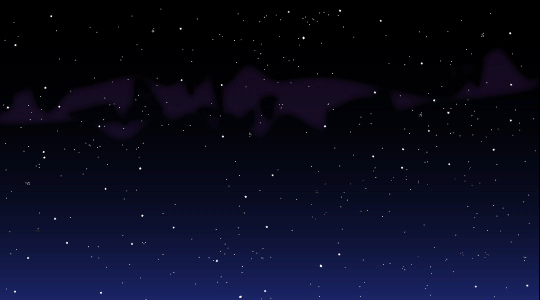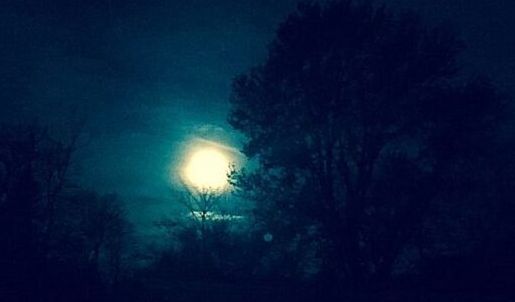
Circle Saturday, Aug. 13, 2022 on the calendar or make a note on the smart phone for a double sky phenomenon. But one sky event may make it hard to see the other.
The Perseids, arguably the best meteor shower of the year, already started July 17 but continues through Aug. 24. It peaks Aug. 12-13 with from 50 to 100 meteors zooming across the sky per hour.
The meteors are debris from parent comet 109P/Swift-Tuttle whose radiant is the Perseus constellation in the northeastern sky. The greatest number of meteors will be visible after the radiant rises, according to Earth Sky. The radiant rises around 11 p.m. CT, nearly due northeast in Perseus so the Perseids are best viewed from midnight to sunrise.
Perseus was the Greek mythological hero who stopped (beheaded) Medusa the Gorgon (Maybe you’ve seen the TV ad where Medusa enters a bar and turns guys to stone).
The problem: August’s full moon, glowing in the sky Aug. 11-13 is the fourth and last supermoon of 2022. As a supermoon whose orbit brings it closer to earth than most moons come the rest of the year, it looks larger and brighter than usual. That large illumination makes it harder to spot meteors.

“Sadly, this year’s Perseids peak will see the worst possible circumstances for spotters,” said NASA astronomer Bill Cooke, who leads the Meteoroid Environment Office at NASA’s Marshall Space Flight Center in Huntsville, Alabama.
“Most of us in North America would normally see 50 or 60 meteors per hour,” he said, “but this year, during the normal peak, the full Moon will reduce that to 10-20 per hour at best,” said Cooke.
Aptly named, at least for 2022’s August Supermoon, this full moon is called the Sturgeon Moon after the giant fish found in the Great Lakes that is often caught the last month of summer. A good source for full moon names is The Old Farmer’s Almanac. The sturgeon is considered a “living fossil” for its beginnings about 136 million years ago.
(For information on when to watch for the Perseids in your area visit Time and Date.)
